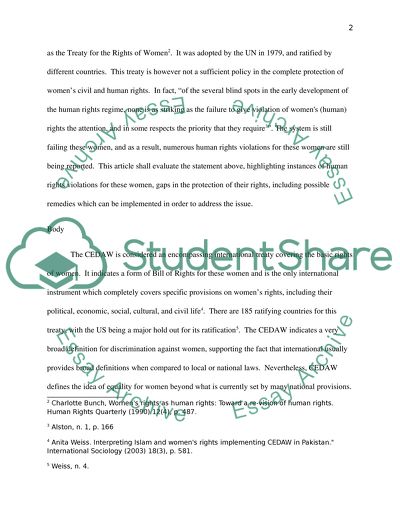Cite this document
(“Of the several blind spots in the early development of the human Essay”, n.d.)
Retrieved from https://studentshare.org/law/1491687-of-the-several-blind-spots-in-the-early
Retrieved from https://studentshare.org/law/1491687-of-the-several-blind-spots-in-the-early
(Of the Several Blind Spots in the Early Development of the Human Essay)
https://studentshare.org/law/1491687-of-the-several-blind-spots-in-the-early.
https://studentshare.org/law/1491687-of-the-several-blind-spots-in-the-early.
“Of the Several Blind Spots in the Early Development of the Human Essay”, n.d. https://studentshare.org/law/1491687-of-the-several-blind-spots-in-the-early.


